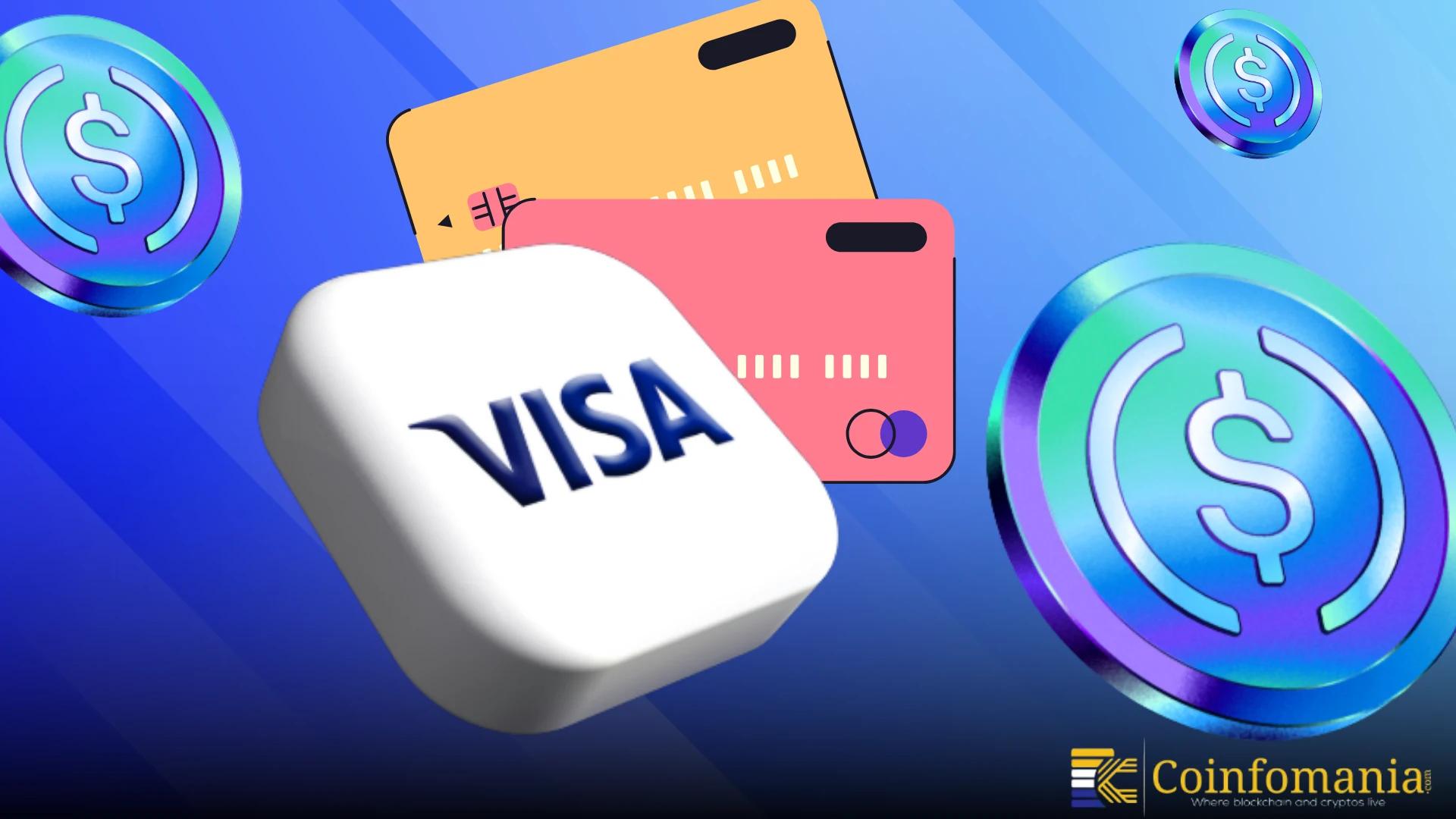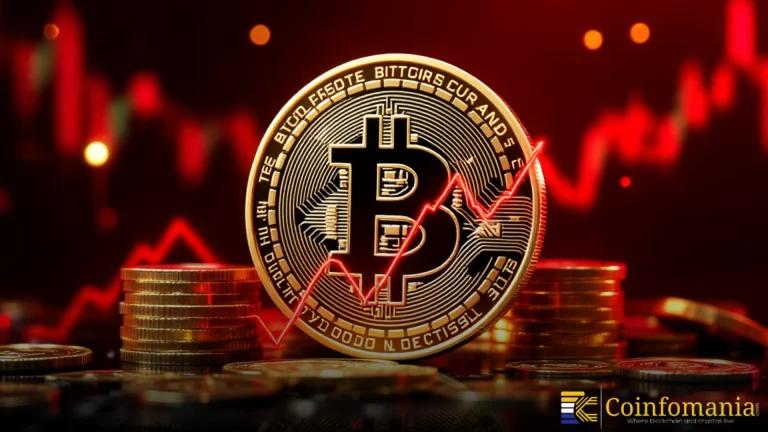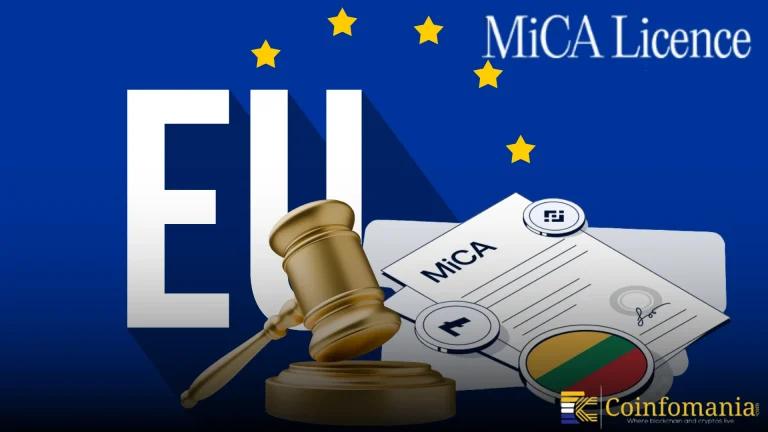Visa Tests USDC Payouts, Letting Recipients Choose Crypto Payments
Visa launched a pilot for its platform, for businesses to fund payouts in fiat, recipients can choose to receive their money in stablecoin.

Quick Take
Summary is AI generated, newsroom reviewed.
Visa's pilot allows gig economy workers and creators to receive near-instant payouts in USDC stablecoins.
Visa is taking another major step toward blending traditional finance with digital assets. The payments giant has launched a new pilot program. That allows businesses to send payouts directly in USDC stablecoins. It gives recipients the option to receive their money in crypto instead of fiat. The program, unveiled at the Singapore Fintech Festival 2025. It marks one of Visa’s biggest moves yet in real-world crypto adoption. The initiative builds on Visa’s earlier experiments with blockchain settlement and aims to make global payments faster, cheaper and more inclusive.
Visa’s Stablecoin Pilot Bridges Traditional and Digital Payments
Under the pilot, companies using Visa Direct can fund payouts in fiat currency. While recipients such as freelancers, content creators, or gig workers can choose to receive their earnings in USDC. A stablecoin backed 1:1 by the U.S. dollar. According to Visa, these payments settle in minutes instead of days, bypassing traditional banking delays and global currency barriers. Every transaction is logged on-chain, creating a transparent and auditable payment trail.
“Launching stablecoin payouts is about enabling truly universal access to money in minutes, not days, for anyone, anywhere,” said Chris Newkirk, President of Visa’s Commercial and Money Movement Solutions. He added that the company’s goal is to help people move funds faster. Whether they’re creators, businesses or freelancers working across borders.
Empowering Creators and the Gig Economy
The pilot is designed to solve a key problem for the digital workforce: slow and expensive cross-border payments. A recent Visa Creator Report found that 57% of digital creators prefer digital payment options. Because they provide instant access to funds. Visa’s new feature could especially benefit individuals in underbanked or high-inflation regions. Where accessing stable U.S. dollars is often difficult.
By allowing payouts in USDC, Visa offers these users a stable, borderless alternative to local fiat currencies. That can lose value quickly. The company highlighted three main advantages: near-instant payouts, predictable USD value and blockchain based transparency. Recipients can hold, spend or convert their stablecoins as needed. A flexibility rarely seen in traditional financial systems.
Expanding Visa’s Stablecoin Strategy
This pilot follows Visa’s growing focus on stablecoin technology. Earlier this year, the company expanded its stablecoin settlement program to support multiple assets. This includes PYUSD, EURC and USDG, across the Ethereum and Solana blockchains. Visa has also tested pre-funding corporate accounts with stablecoins. It is paving the way for seamless integration between fiat and crypto. Specifically, the new pilot focuses on end-user payouts. Thereby effectively puts stablecoins in the hands of consumers and contractors for the first time. In addition, Visa said a broader rollout is expected in the second half of 2026. But this depends on demand and regulatory progress.
A Glimpse Into the Future of Payments
Visa’s move reflects a broader industry trend toward stablecoin adoption among major payment providers. By contrast, giving recipients control over how they receive money. The company is positioning itself at the center of a financial landscape where digital dollars and traditional banking can coexist. If successful, this program could redefine how billions of people. From small business owners to content creators get paid in a global, digital-first economy.
Follow us on Google News
Get the latest crypto insights and updates.


